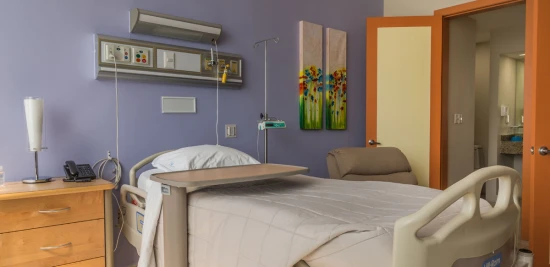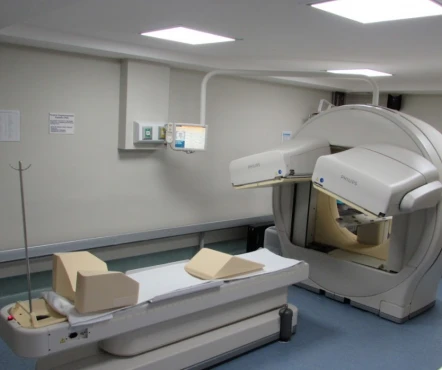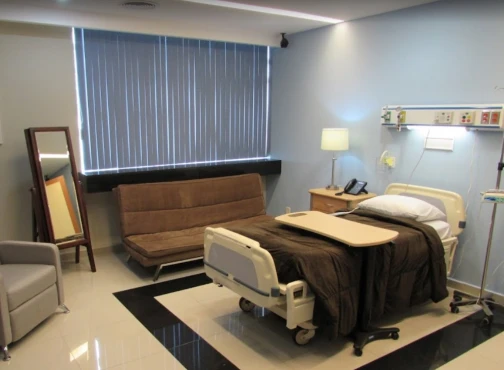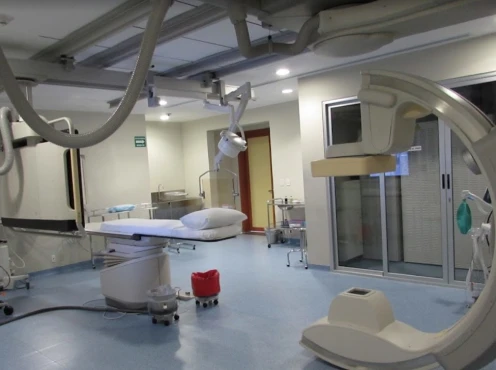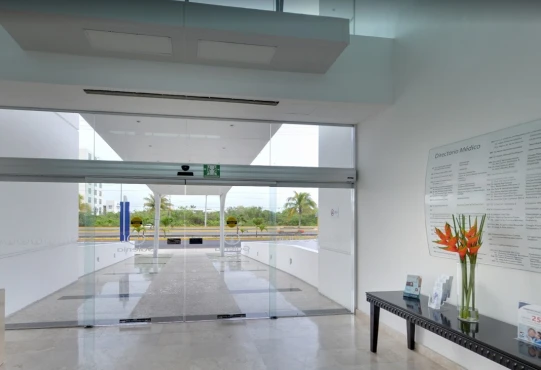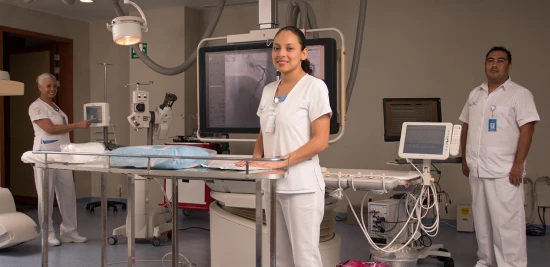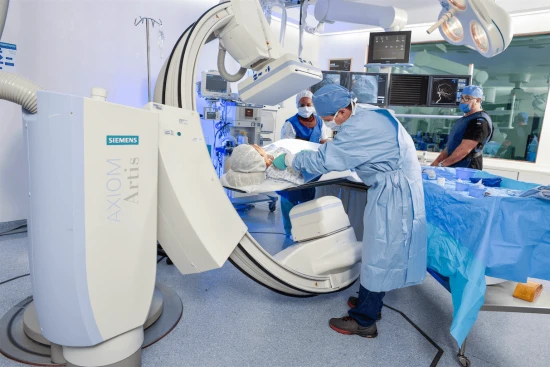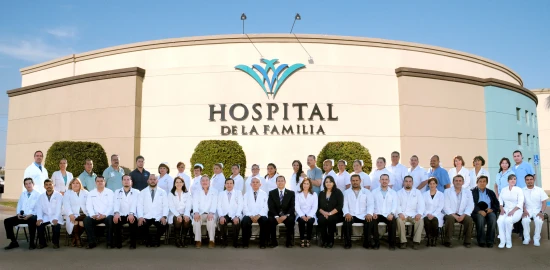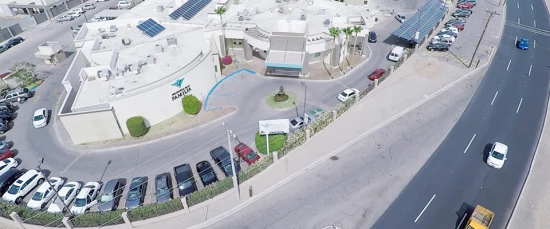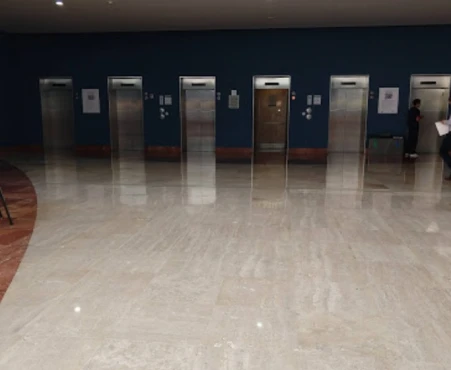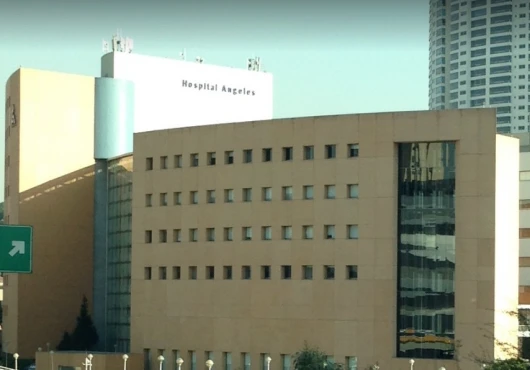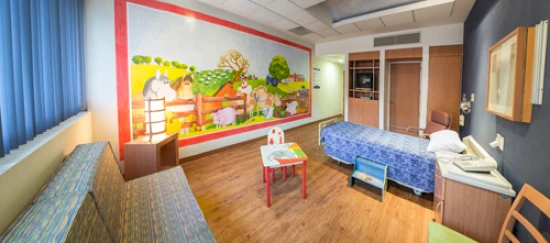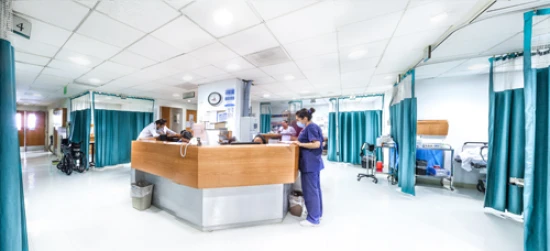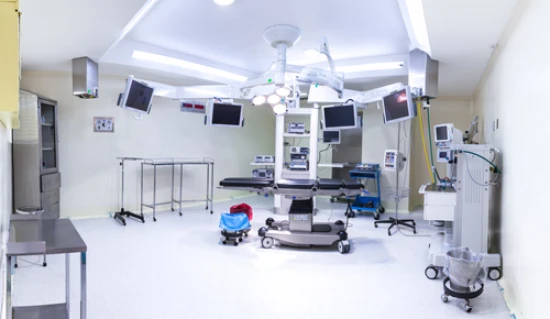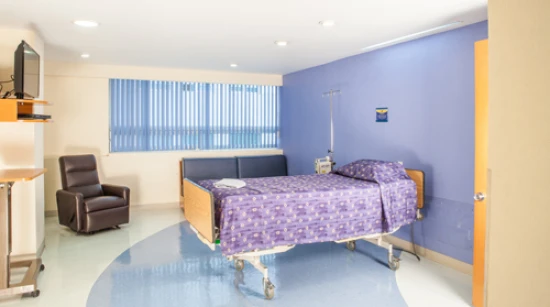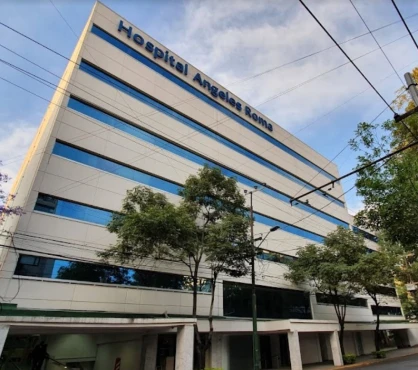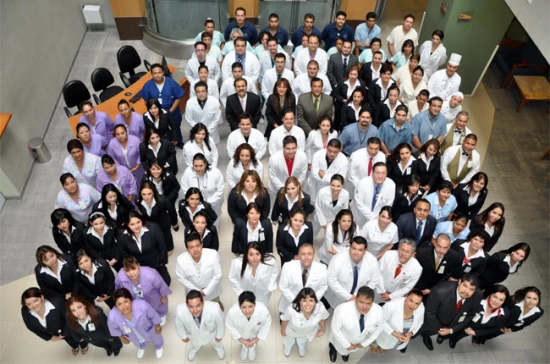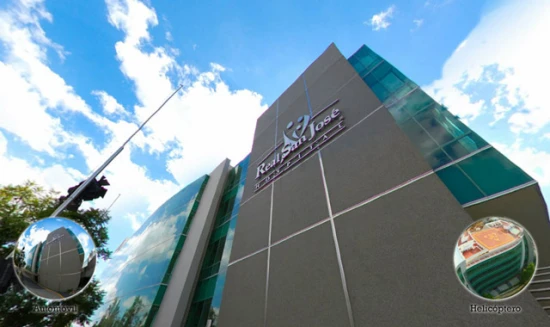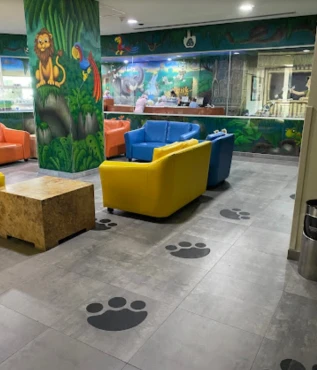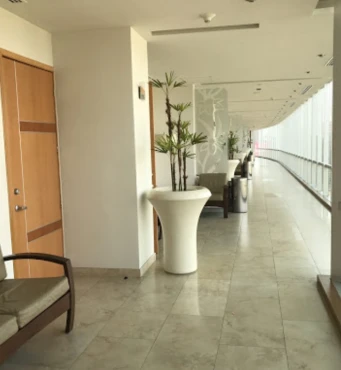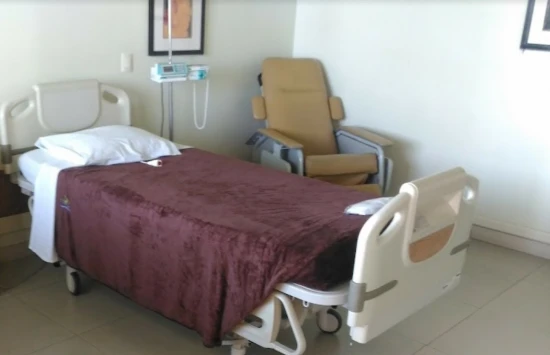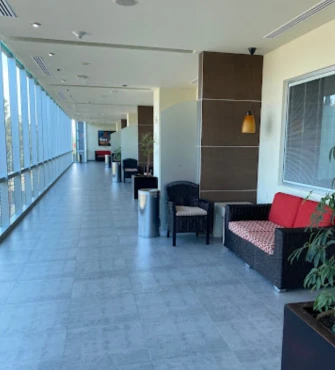Latarjet procedure in 1 Orthopedic surgery clinic in Cancún
1 clinic specializing in Orthopedic surgery providing
Latarjet procedure
Latarjet procedure is a surgical procedure used to treat shoulder instability by transferring a piece of bone from the shoulder blade to the front of the shoulder joint, creating a bony block to prevent dislocation and improve stability.
Read more...
in Cancún.
Besides this clinic there is 1 Orthopedic surgery clinic in Cancún and 36 clinics in Mexico.
Such diseases are treated by Galenia Hospital: Accessory navicular syndrome, Achilles tendon injury, Acromioclavicular joint injury, Shoulder dislocation, Shoulder instability, and others.
-
Latarjet procedure
≈ MX$69,109
-
SLAP repair surgery
≈ MX$152,572
-
Bankart shoulder repair surgery
≈ MX$134,509
-
Shoulder stabilisation surgery
≈ MX$70,215
-
Arthroscopic shoulder remplissage procedure
≈ MX$85,644
-
Arthroscopic labrum refixation surgery
≈ MX$71,235
-
Hip osteotomy
≈ MX$100,632
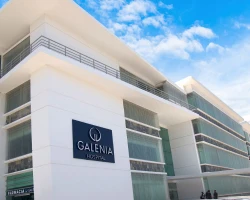
Nearby clinics in Mexico
Perhaps you should consider the following clinics we have found nearby basing on your Location, Specialization, Procedure filters applied.
-
Latarjet procedure
≈ MX$69,109
-
SLAP repair surgery
≈ MX$152,572
-
Shoulder arthrodesis
≈ MX$67,883
-
Bankart shoulder repair surgery
≈ MX$134,509
-
Shoulder stabilisation surgery
≈ MX$70,215
-
Arthroscopic shoulder remplissage procedure
≈ MX$85,644
-
Arthroscopic labrum refixation surgery
≈ MX$71,235
-
Total hip replacement (Unilateral)
≈ MX$222,622
-
Hip osteotomy
≈ MX$100,632
-
Arthroscopic meniscus repair
≈ MX$140,501

-
Latarjet procedure
≈ MX$69,109
-
SLAP repair surgery
≈ MX$152,572
-
Bankart shoulder repair surgery
≈ MX$134,509
-
Shoulder stabilisation surgery
≈ MX$70,215
-
Arthroscopic shoulder remplissage procedure
≈ MX$85,644
-
Arthroscopic labrum refixation surgery
≈ MX$71,235
-
Total hip replacement (Unilateral)
≈ MX$222,622
-
Total shoulder replacement
≈ MX$267,969
-
Arthroscopic meniscus repair
≈ MX$140,501
-
Knee arthroscopy
≈ MX$70,481

-
Latarjet procedure
≈ MX$69,109
-
SLAP repair surgery
≈ MX$152,572
-
Bankart shoulder repair surgery
≈ MX$134,509
-
Shoulder stabilisation surgery
≈ MX$70,215
-
Arthroscopic shoulder remplissage procedure
≈ MX$85,644
-
Arthroscopic labrum refixation surgery
≈ MX$71,235
-
Hip osteotomy
≈ MX$100,632
-
Shoulder arthroscopy
≈ MX$145,676
-
Rotator cuff repair
≈ MX$60,898
-
Surgical treatment of hip dysplasia
≈ MX$71,794

-
Latarjet procedure
≈ MX$69,109
-
SLAP repair surgery
≈ MX$152,572
-
Bankart shoulder repair surgery
≈ MX$134,509
-
Shoulder stabilisation surgery
≈ MX$70,215
-
Arthroscopic shoulder remplissage procedure
≈ MX$85,644
-
Arthroscopic labrum refixation surgery
≈ MX$71,235
-
Arthroscopic meniscus repair
≈ MX$140,501
-
Knee arthroscopy
≈ MX$70,481
-
Arthroscopic reconstruction of the knee ligament
≈ MX$138,907
-
Shoulder arthroscopy
≈ MX$145,676
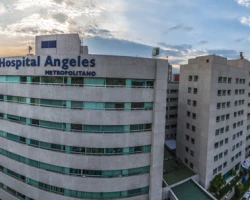
-
Latarjet procedure
≈ MX$69,109
-
SLAP repair surgery
≈ MX$152,572
-
Bankart shoulder repair surgery
≈ MX$134,509
-
Shoulder stabilisation surgery
≈ MX$70,215
-
Arthroscopic shoulder remplissage procedure
≈ MX$85,644
-
Arthroscopic labrum refixation surgery
≈ MX$71,235
-
Total hip replacement (Unilateral)
≈ MX$222,622
-
Arthroscopic meniscus repair
≈ MX$140,501
-
Knee arthroscopy
≈ MX$70,481
-
Arthroscopic reconstruction of the knee ligament
≈ MX$138,907
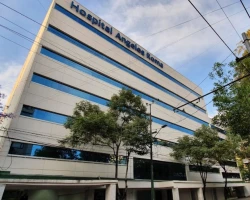
-
Latarjet procedure
≈ $3,432
-
SLAP repair surgery
≈ $7,577
-
Bankart shoulder repair surgery
≈ $6,680
-
Shoulder stabilisation surgery
≈ $3,487
-
Arthroscopic shoulder remplissage procedure
≈ $4,254
-
Arthroscopic labrum refixation surgery
≈ $3,538
-
Total hip replacement (Unilateral)
$14,000
-
Total knee replacement (Unilateral)
$14,000
-
Shoulder arthroscopy
$7,235
-
Rotator cuff repair
≈ $3,025

Procedure price distribution in Cancún
Latarjet procedure:
Procedure prices in popular countries:
Latarjet procedure:
Countries with the highest number of clinics offering the procedures treatment:
Latarjet procedure:
Quick navigation
- Ankle osteoarthritis
- Clubfoot
- Distal humerus fracture
- Elbow osteoarthritis
- Elbow stiffness
- Hip fracture
- Hip infection
- Hip osteoarthritis
- Hip osteonecrosis
- Knee osteoarthritis
- Loose body in joint
- Medial compartment osteoarthritis
- Polydactyly
- Radial head fracture
- Rheumatoid arthritis
- Shoulder fracture
- Shoulder osteoarthritis
- Syndactyly
- Synovitis
- Unicompartmental arthritis

